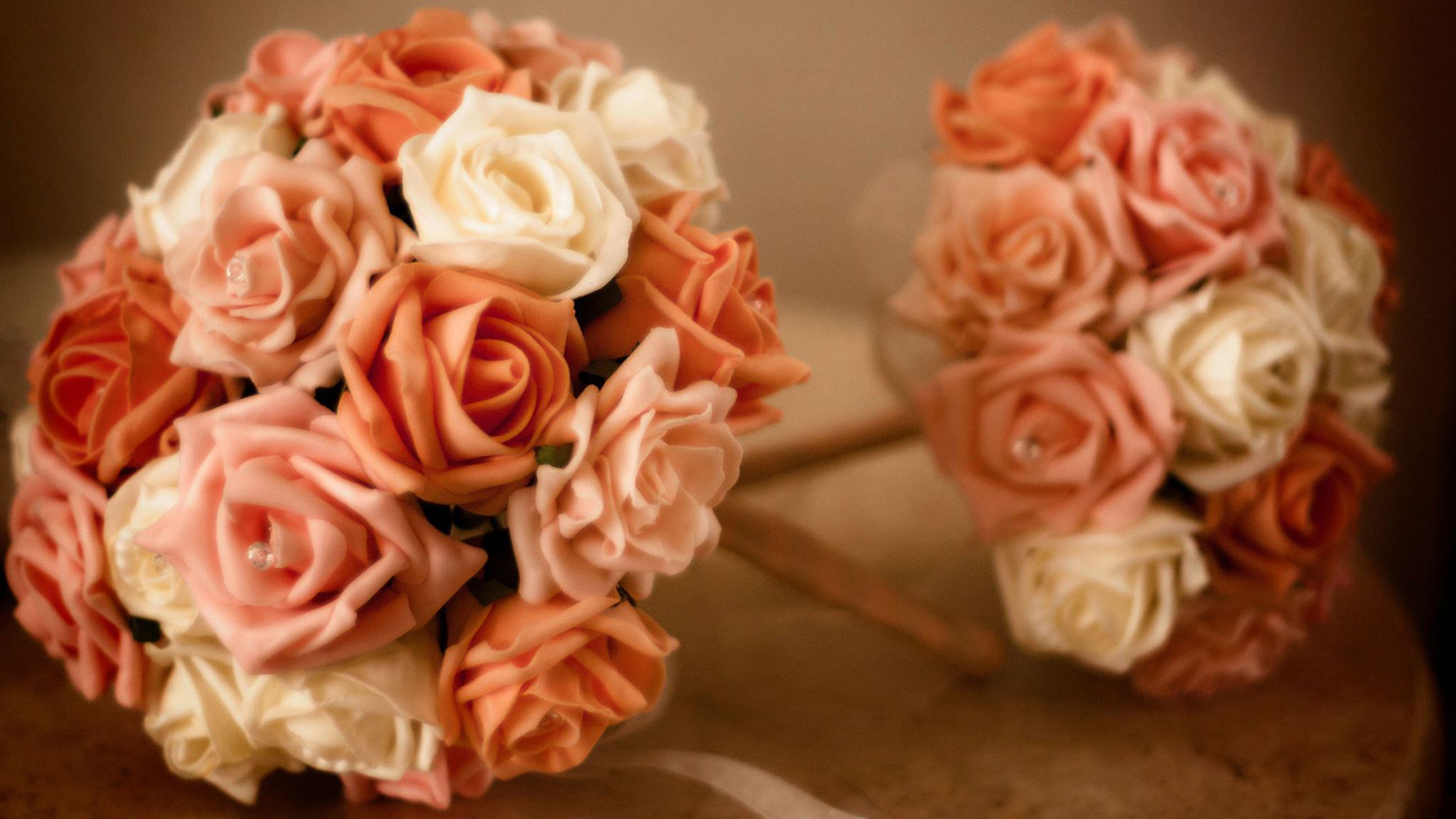Streamline your wedding photography workflow
Take the quality of your wedding images up a notch and make photoshoots enjoyable for you and your clients

Weddings only happen once, yet are one of the most time-dependant types of shoot a photographer can undertake, There are few assignments which combine the same level of workload, complexity and transience as a large scale wedding shoot, and as such they should not be undertaken without considerable experience of people management and working to a tight deadline. Even professional photographers who have worked on many weddings can encounter stress, since every wedding is different, as are the people attending and organising it.
• Learn essential wedding photography tips
It is helpful therefore to learn new ways to plan, direct and execute a shoot, which fits around your way of working. Arguably the greatest challenge is working with such a large number of interested parties, from the Bride and Groom, to the wedding planners and venue representatives, all operating to their own schedules and expectations. There are key moments when problems are likely to arise, so identifying these before they occur is of great benefit to the efficiency of your shoot. These tend to be clustered around changeovers in stages of the wedding, such as between the morning preparations and ceremony and between the register signing and reception.
• Read more: How to become a wedding photographer
The causes are varied but centre around the distribution of guests - getting everyone together for the formal portraits is a universal challenge - and the switch in camera settings and required equipment. The change in lighting conditions commonly found in the locations for each stage are generally in conflict, with external settings and church interiors requiring inverse camera parameters. Similarly the lenses frequently needed for the ceremony and later group shots are likely in opposition. In order to streamline the process from start to finish, consider re-thinking the order in which you commonly shoot images, in an effort to find a better schedule which works for you.
We often stick to established shot lists when shooting weddings, many of which were constructed by other photographers. While these may form a baseline, there may be parts of the workflow that are misaligned with your preferred working method. It may be possible to find an order which allows you to change lenses less often or increase your rate of image creation. Furthermore, re-order your camera bag around your wedding timeline, by regrouping your lenses and accessories, to see if this can allow faster access to equipment when you need it.

To combat the need for regular large changes to your camera setup, such as big alterations to shutter speed and ISO, save presets to your mode dial, for instant settings recall. Once you have calculated the correct exposure for a setup, use your camera’s custom functions to assign the current shutter speed, f/stop, ISO and White Balance etc. to one of the dedicated mode dial positions. Repeat this for every lighting condition to minimise future delays.
Simply swapping a lens for one you will need first, so it can be retrieved with the bag on your shoulders, can make a big difference to speed. Drawing up alternative shot lists will also improve your flexibility. While a detailed image plan will reduce missed shots, it can also poorly equip you for the fluidity of a wedding - be prepared to capture images when they materialise by having multiple versions of your schedule, covering several alternate itineraries. When planning a large shoot, with many guests, be sure to leave time ‘buffers’ to absorb any unanticipated delays, which will allow extensions to any stage of the day, should they be essential.
The best camera deals, reviews, product advice, and unmissable photography news, direct to your inbox!
Overly segmenting your shoot can also be problematic however - while pre-wedding, arrival, ceremony, formals and reception are organic parts of any wedding plan, remember that many great images happen when they are unplanned and people are not expecting them to be taken. Adapt your work to current assignment, taking as many leads from the attendees as you may provide them.
Read more: Classic, current and emerging trends in wedding photography with Nadia Meli
As the Editor for Digital Photographer magazine, Peter is a specialist in camera tutorials and creative projects to help you get the most out of your camera, lens, tripod, filters, gimbal, lighting and other imaging equipment.
After cutting his teeth working in retail for camera specialists like Jessops, he has spent 11 years as a photography journalist and freelance writer – and he is a Getty Images-registered photographer, to boot.
No matter what you want to shoot, Peter can help you sharpen your skills and elevate your ability, whether it’s taking portraits, capturing landscapes, shooting architecture, creating macro and still life, photographing action… he can help you learn and improve.




